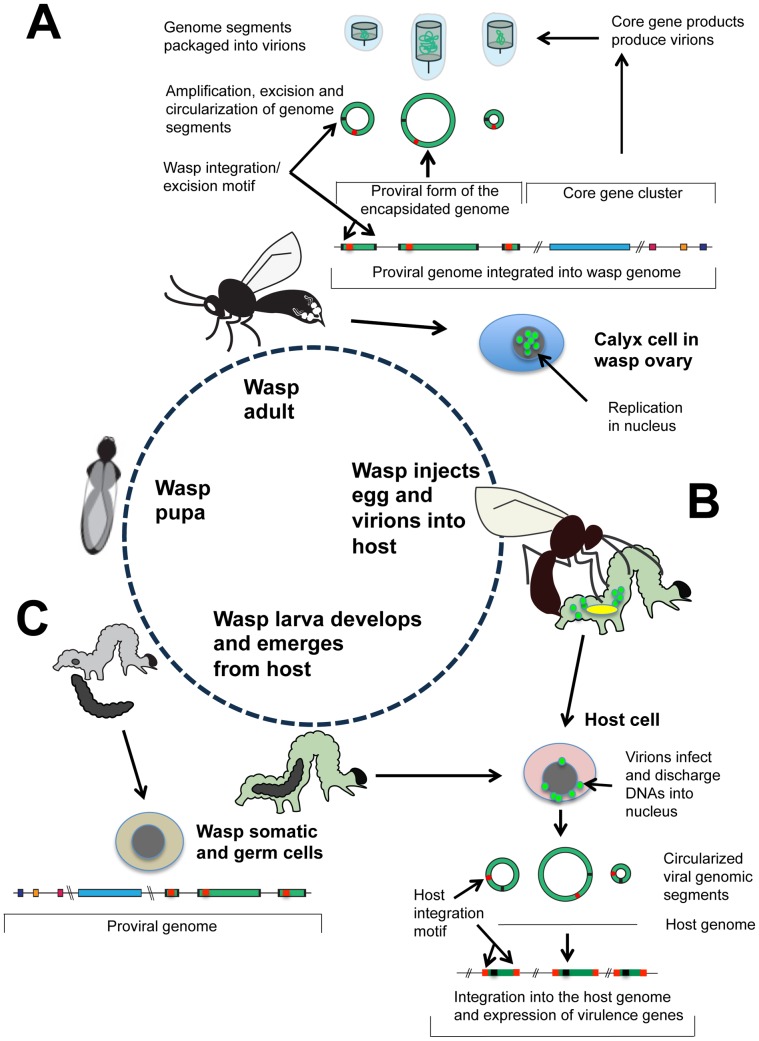Figure 1. Life cycle and genome organization of BVs.
(A) In pupal and adult stage wasps, the proviral genome consists of two components: a domain of core genes (red, yellow, purple) and a domain of tandemly arrayed proviral DNAs (green) that encode virulence genes. The borders of these proviral DNAs are identified by conserved, flanking excision motifs (black). The specific location of BV core genes and proviral DNAs in wasp genomes is currently unknown and is thus indicated by double slash marks. BV replication to produce virions occurs in the nuclei of calyx cells of the female ovary. Coordinate expression of the core genes begins during the wasp pupal stage and continues in the adult stage. This results in the assembly of virions, and the replication, excision, and circularization of proviral DNAs, which are packaged into virions. (B) Wasps inject virions plus one or more eggs containing the proviral genome into the host insect. The egg hatches into a wasp larva that feeds on the host. Virions infect and discharge their DNAs into host cell nuclei, which then rapidly integrate into the genome of the host cell via a second domain present on the viral DNAs named the host integration motif (red). Virulence genes are then transcribed in host cells over the duration required for the wasp larvae to complete their development. The location(s) in the host genome where each viral DNA integrates is currently unknown as indicated by double slash marks. (C) Upon completing development, the wasp larva emerges from the host to pupate, while the host larva dies. Each germ line and somatic cell of the wasp contains the two-component proviral genome.

